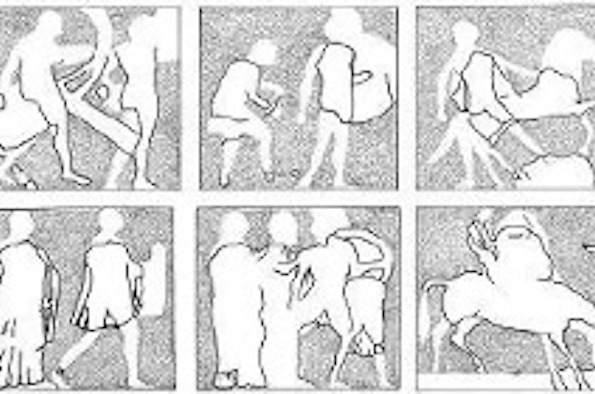
Protective Talismans and Archaic Relics: the Trojan Palladion on the North Metopes of the Parthenon (Ioannis Mitsios, University of Athens)
- Rachael Cornwell
- Admission: Please email Rachael Cornwell (R.H.Cornwell@liverpool.ac.uk) or Daniel Lowes (D.G.Lowes@liverpool.ac.uk) for the Zoom link.
Add this event to my calendar
Click on "Create a calendar file" and your browser will download a .ics file for this event.
Microsoft Outlook: Download the file, double-click it to open it in Outlook, then click on "Save & Close" to save it to your calendar. If that doesn't work go into Outlook, click on the File tab, then on Open & Export, then Open Calendar. Select your .ics file then click on "Save & Close".
Google Calendar: download the file, then go into your calendar. On the left where it says "Other calendars" click on the arrow icon and then click on Import calendar. Click on Browse and select the .ics file, then click on Import.
Apple Calendar: The file may open automatically with an option to save it to your calendar. If not, download the file, then you can either drag it to Calendar or import the file by going to File >Import > Import and choosing the .ics file.
The palladion is directly linked to several protective powers of the goddess Athena, evoked through the following four epithets: Polias (of the citadel), Erysipolis (she who protects the citadel), Poliouchos (she who holds the citadel) and Eryna (defensive). After the theft of the palladion from the city of Troy, several cities claimed its possession, including Athens, Siris, Lucerna, Rome and Constantinople, confirming that this sacred talisman was very important throughout the ancient history of the Mediterranean.
In terms of the architectural sculpture of the Parthenon, we may have up to four depictions of the palladion on the north metopes, which concern the Sack of Troy. But why was it shown so many times and, most importantly, what’s the relation between its multiple depictions and the topography of the Acropolis? By employing an interdisciplinary approach, my paper aims to interpret the multiple depictions of the trojan palladion on the architectural sculpture of the Parthenon, its relation to the topography of the Acropolis and its function as a protective talisman.
